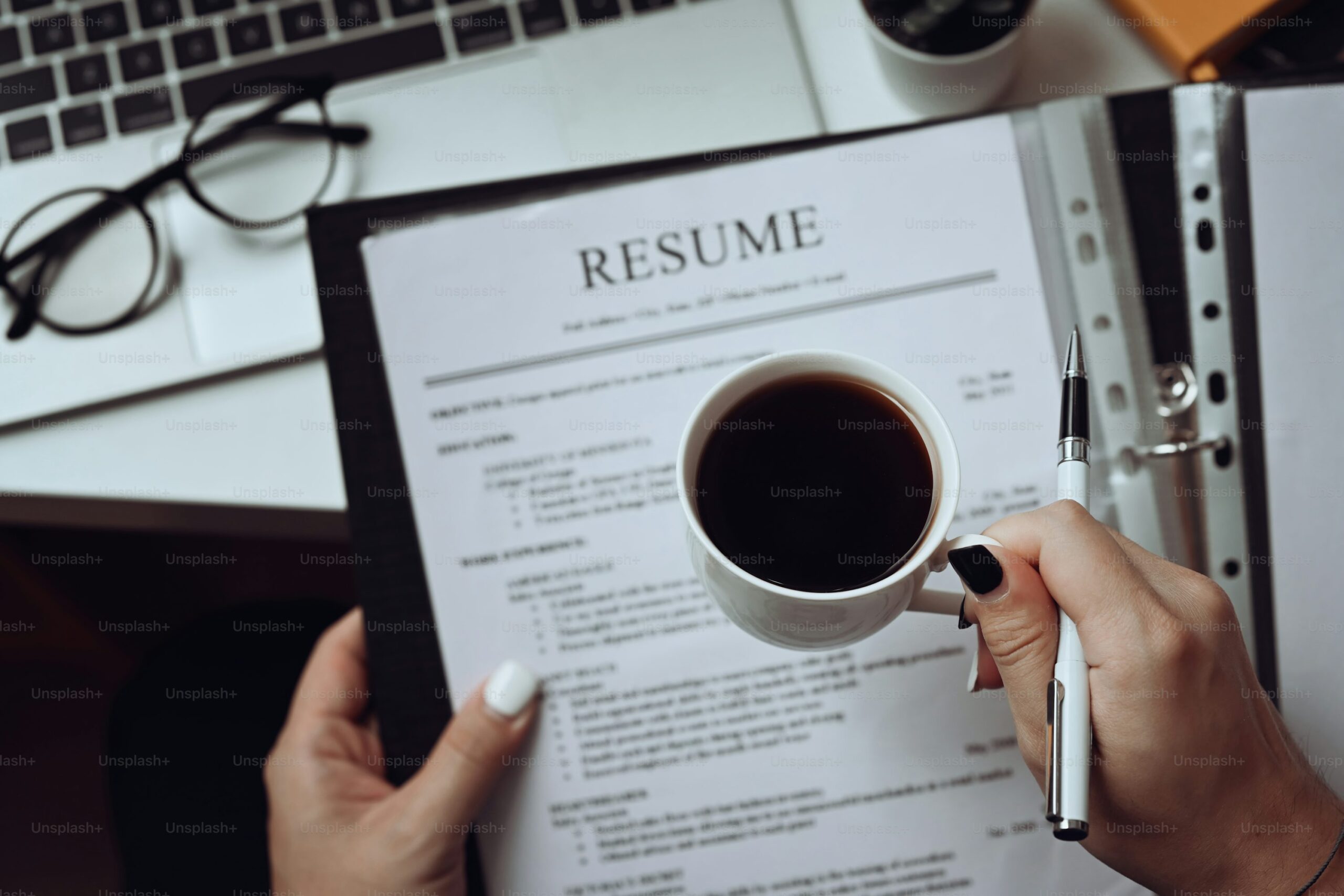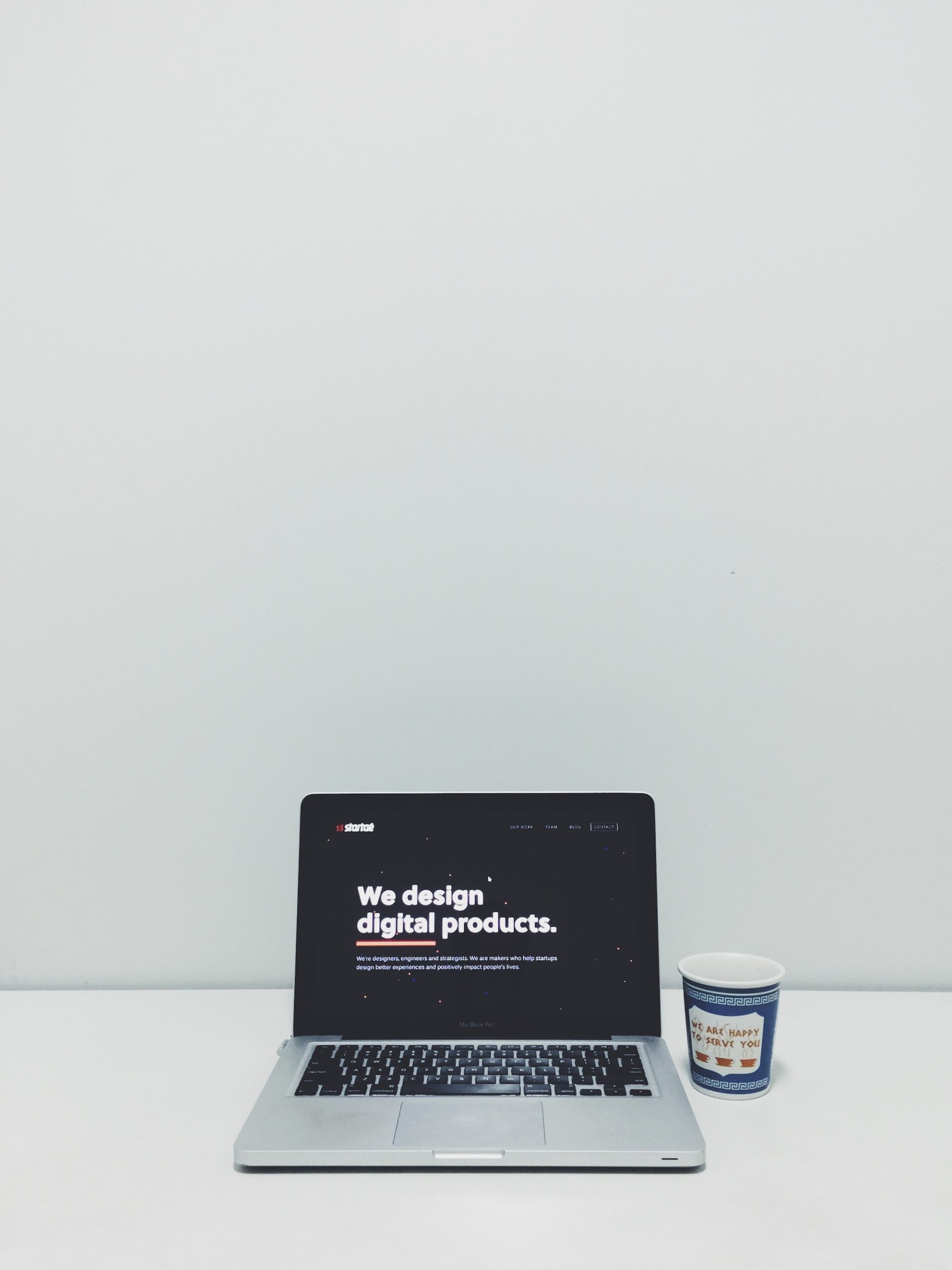Building a resume for an internship is one of the first steps I took toward launching my career, and I know how important it is for you too. A resume is more than just a list of experiences—it’s a story about who you are, what you have accomplished, and the potential you bring to an employer.
In this post, I’ll share some tips and ideas that I found really helpful when crafting my own internship resume. I want this to be a friendly guide that feels like chatting with a friend who’s been there and done that.
Why a Good Resume Matters
Internships are competitive, and a well-crafted resume can be the key to standing out. In fact, according to a survey by the National Association of Colleges and Employers, more than 80% of hiring managers say that a resume is one of the top factors in deciding whether to bring a candidate in for an interview (source).
I learned that my resume was often the first glimpse a potential employer had of me, so making it clear, concise, and reflective of my best qualities was essential.
A strong resume not only outlines your skills and achievements but also tells a story about your dedication, growth, and readiness to take on new challenges.
When I started my search, I realized that I needed to present my experiences—even those outside of formal work settings—in a way that showed my potential value to an employer.
Just Before You Go
Empower individuals to overcome barriers, gain essential skills, and secure gainful employment through our proven programs—KeelMaster, KeelWings, and KeelMate. Your support can spark change and build brighter futures.
Donate NowThe Basics of Building an Internship Resume
When you sit down to create your resume, it helps to think of it as a snapshot of your journey so far. Here are the key components I include in my resume:
1. Contact Information.
Make sure your name, phone number, email, and (if applicable) your LinkedIn profile are easy to find. Employers need a way to reach you quickly.
2. Objective or Summary.
I like to write a short, clear statement that explains who I am, what I’m looking for, and what I can bring to the table. Keep it simple and specific to the internship you’re applying for.
3. Education.
List your school, degree, and any relevant coursework. If your GPA is strong, you might want to include it, too. For instance, I mention courses or projects that relate directly to the job.
4. Experience.
This can include part-time jobs, volunteer work, or projects. Even if you don’t have a lot of professional experience, you can highlight what you learned and the skills you developed. I always focus on achievements and use numbers where I can—for example, “Improved club attendance by 30% through targeted social media campaigns.”
5. Skills.
Include both hard skills (like software or technical abilities) and soft skills (like communication or teamwork). I find it helps to match these with the internship’s requirements.
6. Additional Sections.
Depending on your background, you might include sections like awards, certifications, or extracurricular activities. I usually mention any leadership roles or community involvement that showcases my initiative.
Tips for Crafting a Standout Resume
I discovered that a few extra steps can really make a resume shine:
-
Keep It Simple:
Use a clean layout with clear headings. I avoid overly fancy fonts or colours because clarity is key. Tools like Canva can offer templates that balance style with simplicity. -
Tailor Your Resume:
Each internship is different, so I adjust my resume to highlight the experiences and skills that are most relevant to the specific position. This means reordering or rephrasing parts of my resume to align with the job description. -
Use Action Words:
Verbs like “managed,” “created,” or “developed” give a sense of action and achievement. They help show that you have been proactive and that you have tangible accomplishments. -
Show, Don’t Tell:
Instead of simply stating that you’re a good communicator, I mention situations where I successfully resolved a problem or led a project. Specific examples make a stronger case. -
Proofread:
I always ask a friend or mentor to look over my resume before I send it out. A fresh set of eyes can catch mistakes that I might have missed. Even one typo can sometimes create a less-than-ideal impression. -
Keep It to One Page:
Especially for internships, it’s best to keep your resume concise. I focus on the most important information so that the employer can quickly see what I offer.
Common Mistakes to Avoid
I learned from early experiences that some common mistakes can cost you an opportunity. Here are a few pitfalls to watch out for:
-
Overloading with Information:
It can be tempting to include every detail, but too much text can be overwhelming. Focus on quality, not quantity. -
Using a Generic Resume:
Sending the same resume to every employer might not work because each company has its own culture and needs. I try to tweak my resume for each application. -
Neglecting the Format:
A messy or disorganized resume makes it hard for employers to find key information. I use bullet points and sections to keep my resume neat. -
Ignoring Keywords:
Many companies use software to scan resumes before a human even sees them. I make sure to include relevant keywords from the internship description, which can help ensure my resume gets noticed.
FAQs
What should I include in my objective or summary?
I recommend writing a short statement that highlights your current role (like being a student), your career goals, and how you can contribute to the internship. For example:
“I am a marketing student seeking an internship opportunity to apply my skills in digital marketing and content creation. I have experience with social media management and a passion for creative problem-solving.”
How do I decide which skills to list?
I looked closely at the internship posting and listed skills that match the requirements. It helps to include both hard skills (like computer programming or graphic design) and soft skills (like teamwork or time management).
Is it okay to include projects or coursework?
Absolutely. If you have projects or coursework that directly relate to the internship, I include them in my resume. They can show practical application of your skills and knowledge.
Should I include volunteer work or extracurricular activities?
Yes, if they demonstrate skills relevant to the internship. Leadership, organization, and problem-solving are qualities I highlight from these experiences.
How do I handle a lack of work experience?
Focus on transferable skills and relevant projects. Even if you haven’t held many formal positions, experiences from clubs, volunteer work, or academic projects can show your capabilities.
Further Resources
If you’re looking for more ideas and tools, here are some resources that I found useful:
-
Resume Templates:
Canva Resume Templates
Google Docs Resume Templates -
Career Advice:
Indeed Career Guide
The Muse’s Resume Advice -
Interview Tips:
Monster’s Interviewing Tips -
Skill Development:
LinkedIn Learning
Coursera
I also like to check out blogs and articles from career experts on sites like The Balance Careers for new ideas and advice.
Wrapping It Up
Creating an internship resume is like crafting a personal advertisement. I want to show the best of what I can do while remaining honest and approachable. It might seem challenging at first, but every bit of effort I put into refining my resume pays off when I land an interview. I believe that a clear and honest resume can open doors and help you step confidently into the professional world.
I’ve shared what has worked well for me, and I hope these tips help you feel more confident about building your own resume. Each section, every skill, and even the small projects contribute to telling your unique story.
So, after going through these tips and ideas, how do you feel about taking the next step in crafting your resume? What part of building a resume for an internship do you find the most challenging, and what ideas are you excited to try?
Just Before You Go
Empower individuals to overcome barriers, gain essential skills, and secure gainful employment through our proven programs—KeelMaster, KeelWings, and KeelMate. Your support can spark change and build brighter futures.
Donate Now



